This article was first published by Harry Teng (CIO, TransAsia Airways).
I sat on panels at the ConnectGov Summit hosted by @CIO Academy Asia this week discussing various topics. The session I moderated touched on how to stay ahead of the digital transformation.
Given my current role as a CIO of an airline, traditionally, an IT organization plays a supporting role. It helps source and maintain systems that ensure the operation teams executing tasks by following their standard operating procedures (SOPs). It does the same for the commercial team, so they can continue selling tickets without system interruptions. And of course, there are always the “MIS” tasks – fixing employee’s computers, making sure the office network is up and running, and etc.
However, it’s time to transform the IT’s role and put it to the driver’s seat. With technologies like machine learning, programmatic advertising, mobile applications, and data analytics, most airline staff simply don’t have the skills or knowledge to adopt them, or to catch up. That explains why in the travel value chain, airlines, as the one of the primary suppliers, typically have the lowest profit margins. Instead, online travel agencies (OTAs), meta search providers, and those who use technologies to their advantages, and to create values often enjoy higher net profits and thus, higher stock prices.
So how can an IT organization step in and help? First of all, hire the right people. In our team, we don’t hire people to “maintain” the systems. We hire problem solvers with technology backgrounds. Each of our team members is constantly embedded in the business units. The first thing that comes to mind is not technology. It’s the challenges our business is facing, and the opportunities we should go after. We analyze the existing processes identifying strengths and weaknesses, and we create solutions for them. Along the way, we continuously optimize the processes. We task our team to come out with “out-of-the-box” solutions using technologies because that’s the only way to break away from the status quo. In a way, our team is a group of innovators.
Secondly, pursue efficiency gains by automations and integrations. We came to realize that most of airline systems are proprietary and closed. To us, that’s an issue. We are obsessed with data portability because that’s the only way we can create custom workflows that are agile enough for continuous business process optimization. So we set up strict system selection criterion, including open data schemas and public APIs, to ensure we, as an airline, own our data. We then use integrations to send data to other systems for analytics and automation purposes. For example, we collect data from our reservation system, and send it to our marketing automation platform to enhance our passenger communications. There are two major advantages. One, we built consistent workflows to reduce human errors Two, we transform the entire organization to be more data-driven and empower them to take on more strategic roles instead of doing routine works.
The last but not the least, we upgrade our values by providing enhanced customer experiences. An airline, usually in the bottom of the value chain, needs to reposition itself from a carrier to a service provider. As an IT organization, we can facilitate the transformation by identifying and connecting the touch points. The questions we keep on asking ourselves are: Do we really know who our passengers are and what they want? Are we providing a pleasant cross-platform user experience? Can we cut down passengers’ check-in time so their trips are even more enjoyable? How do we make their in-flight experiences fun? Some of the agenda may be airline specific, but for any business, creating a delightful customer experience does not only have a positive branding effect, but also make economic sense. And the key here is with the trend of digital technologies today, upgrading customer experiences doesn’t have to be costly. With the right people with the right mindsets and right skills, it can be measurable, delivered programmatically, and cost effective. A modern IT organization should be capable and responsible to lead the charge.
Experiences and conventional wisdoms still count. If we start to merge them with modern data science and agile models, they become quantifiable. With that, we are able to upgrade those experiences and conventional wisdoms as they are no longer written in stone. In my opinion, that’s the role of a modern IT organization should play.
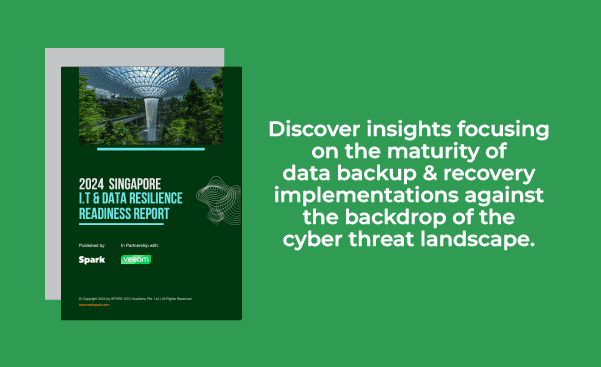

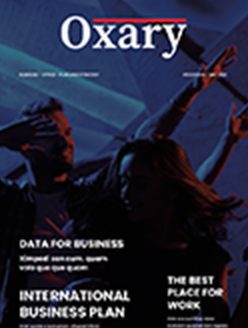

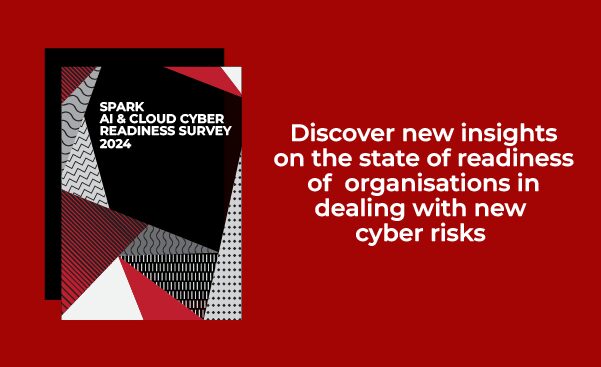
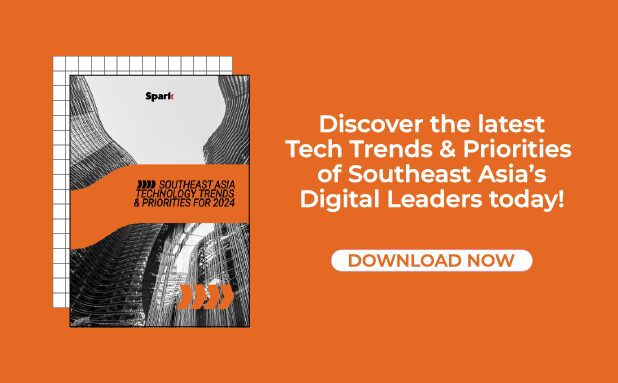




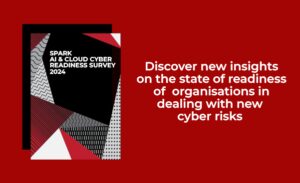
Responses